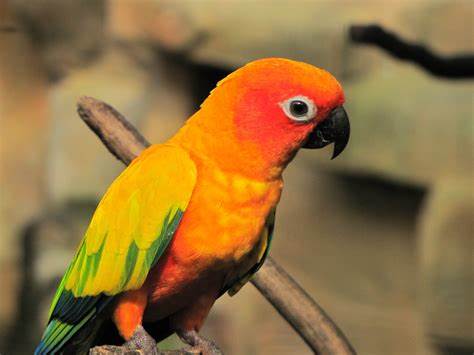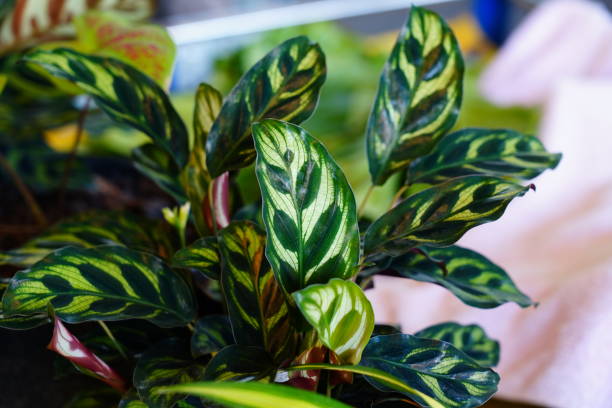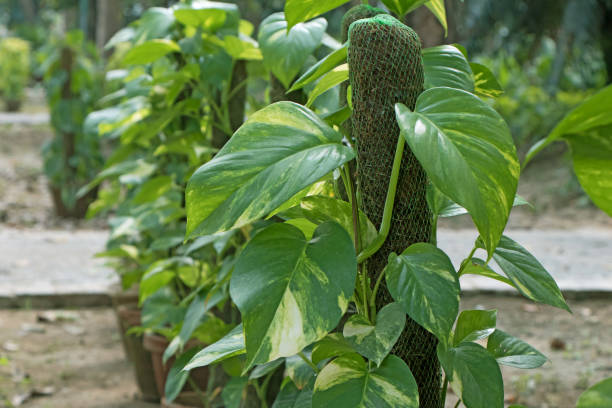Know More About Sun Conure Bird: Tips To Take Care Sun Conure

Friendly, brightly colorful, intelligent, and filled with personality, this sun conure bird has long been famous among families loving companion birds. However, owners should be ready; sun conure bird one of the loudest of all medium-sized birds. However, they are not a great starter bird because they need plenty of daily interaction, regular training, and constant socialization to keep them trained and well-behaved.
Origin and History
This parrot is native to northeastern South America, including northern Brazil, Venezuela, and Guyana. It is mostly found in central tropical habitats, and the sun conure parrot might also inhabit coastal forests and dry savanna woodlands. They generally occupy palm groves and fruiting trees.
This endangered sun conures population is decreasing quickly due to loss of habitat and catching them for the pet trade. There are roughly around 800,000 are caught each year, despite the U.S. import prohibition in 1992 and the European Union ban in 2007.
Temperament
The sun conure is an amusing and playful bird that enjoys athletic skills. The sun conure is interactive, smart, and simply trained. This bird is a very cuddly and affectionate bird, and they are kind to all members of a family as long these birds are treated well.
This sun conure can go through nimble conditions, which can be hard on adults as well as on children. Even the trained pet bird can get shocked and bite; it is a natural reaction.
Like all parrots, these birds are social which need a large amount of interaction with the owners to be happy. Sun conures are naturally affectionate and playful, and when they get the attention they need. These birds are uniquely suited for those who want a bird for constant company.
Remember that these birds are very loud, capable of producing ear-piercing screams. Its loud, high-pitched call is used in the wild to draw attention to important locations from miles away. Moreover, the sun conures can stand in as an outstanding version of a watchdog for the home.
Speech and Vocalizations
This parrot’s loud, harsh calls might angry your neighbors. This parrot is not suitable for condo or apartment residents. You can train them early to control unnecessary screaming. These birds do show fear and excitement with loud screams.
Well, sun conures parrots are not recognized for their talking ability; however, some birds show an incredible ability to mimic other types of sounds, like doorbells, telephone chimes, microwaves, and buzzers.
Sun Conure Markings and Colors
At maturity, this bird has a bright yellow and orange with hints of blue and green. Young ones are not colorful as adults. The young one feathers are olive green color; as they mature, the green color changes into a blend of yellowish-orange color. Full-color feathers happen at the age of one year. This parrot has black feet and beaks and unique white patches around the eye. The sexes are the same in markings and color.
Caring for a Sun Conure
The sun conure bird is an active bird that will be most comfortable in a roomy area—at a minimum, giving a cage that is 20 by 20 inches in footprint with a height of 36 inches. Ensure the cage has nearly small bar spacing to prevent the parrot from getting the head stuck between bars.
Like other conure species, the sun conure requires safe out-of-cage areas to investigate and see. This athletic bird loves to perform its own tricks. You can place the play gym near the cage, so this bird can stretch out its wings and legs.
Like other pet birds, sun conure bird need training if you want to have a fun and positive relationship with them. Use positive methods to train the sun conure to do many athletic tricks.
These birds are less enthusiastic about bathing; however, most will splash about and bathe daily if the cage has a bowl of clean water. Moreover, these parrots do not like spray or showers as other parrots do.
Types Of Conures
- Austral Conure
- Blue-crowned Conure
- Dusky Conure
- Golden-capped Conure
- Green-cheeked Conure
- Half-Moon Conure
- Jenday Conure
- Mitred Conure
- Nanday Conure
- Patagonian Conure
- Peach-fronted Conure
- Queen of Bavaria Conure
- Red-masked Conure
- Sun Conure
- White-eyed Conure
Common Health Problems
Like other parrots, this bird can be prone to feather picking. Though this might be caused by medical reasons, it is a sign that the parrot is bored or does not get the care it needs.
These birds are also likely to avian viral conditions such as the psittacine beak, feather disease, and proventricular dilatation disease. Also, they can be affected by beak malocclusion (beak overbite), aspergillosis fungal infection, and psittacosis bacterial infection. If you see that the bird is ill, you will need an exotics specialist or avian veterinarian to check out the bird.
Diet and Nutrition
Sun conures normally consume nuts, fruit, and seeds. As a pet, they do best on a formulated, balanced diet supplemented with leafy greens, root vegetables, and fruits. Also, you can give slightly steamed sweet potatoes to sun conure because it is an excellent food for this bird.
Like other pet birds, this bird also need and appreciate treats, so make healthy options for treats. Seeds and nuts are always the best choices for the occasional treat. Almonds and walnuts are also the best options.
Exercise
Sun conure needs proper exercise for better health. By nature, these birds are very active and need enough space to fly, play, and explore.
Sun conure is allowed for at least 3 hours out of the cage every day. Foraging and other forms of improvement are necessary for these intelligent parrots. Ensure to give the bird a variety of exciting toys and change them at a regular time to prevent this bird from getting bored.
Final Words
The sun conure bird is one of the most famous conures because of the size and stunning feathers. These birds are of extraordinary quality as companion birds. These birds are lively, expressive, and vocal; this bird is known for the beauty and its big mouth.
Moreover, if you love to see hummingbirds, then check out when hummingbirds migrate. If you find this information useful, drop a common below this section.






